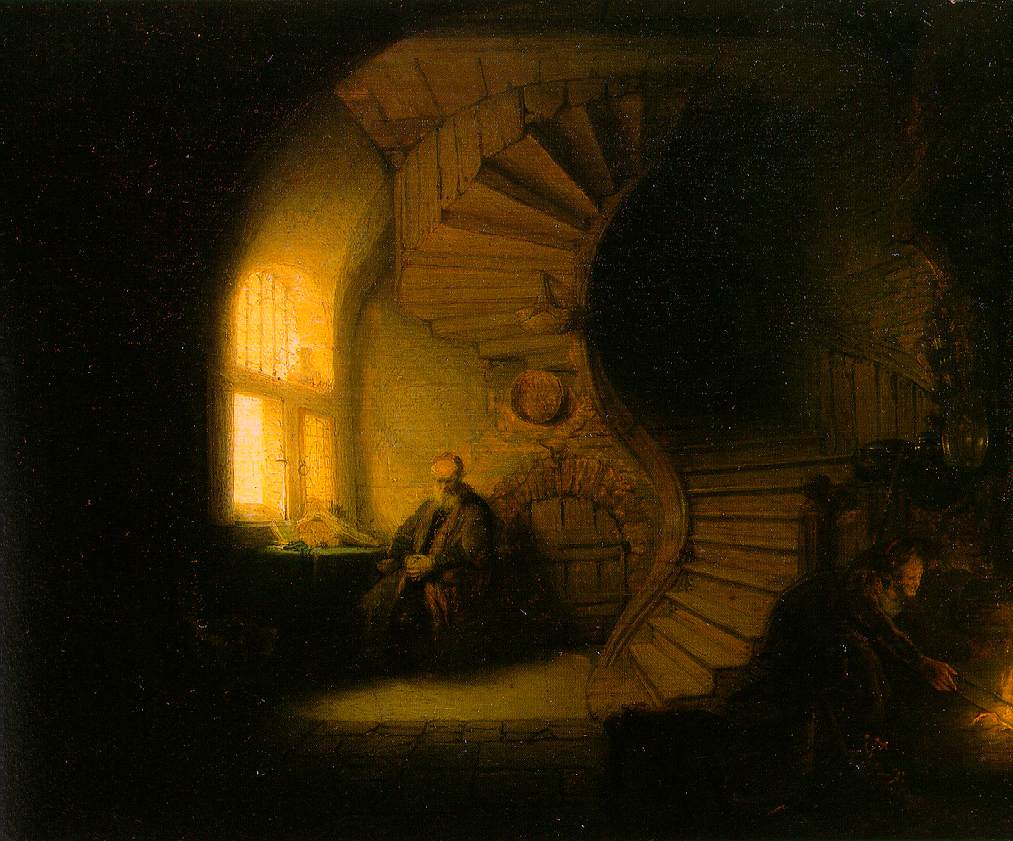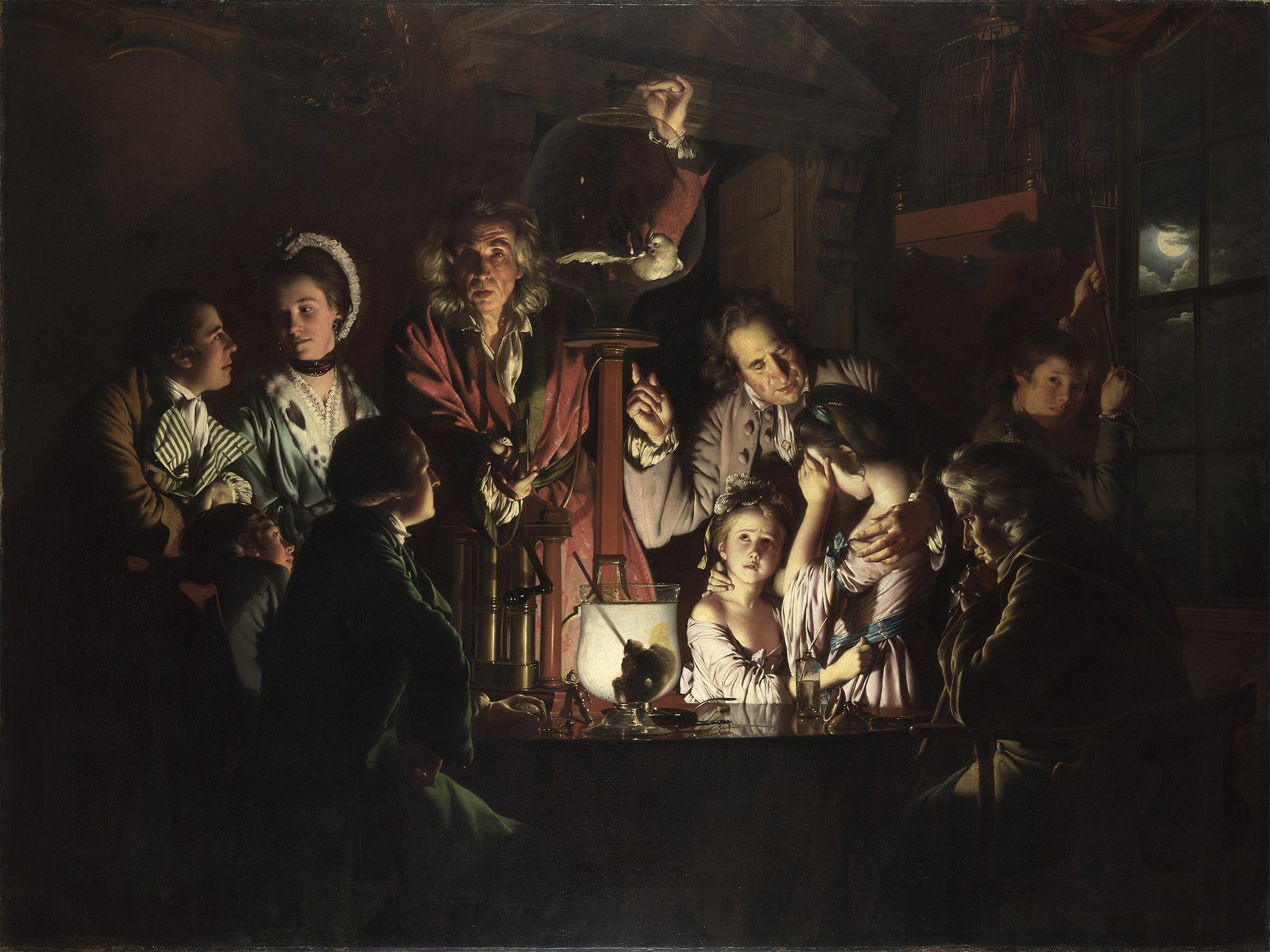Rembrandt and Wright on MIT's open campus
Looking past a wave of protest from students, faculty, and alumni, MIT’s administration recently decided to continue its strict COVID-era campus access policies through the fall semester, and re-evaluate opening campus to the public next spring. I hope (but I’m not confident) that the administration will listen to the community’s advice on this matter.
When I visited MIT many years ago as a prospective undergrad, the halls were open and bustling with not only students and faculty, but also tourists and community members, in a way that made the campus feel like a true institution — as if the frontiers were between the known and the unknown, not between those “inside” and “outside” the academy. This was no accident; it was by careful design. “Because openness is a central MIT value,” writes President Reif in his preface to MIT: A Historical and Architectural Tour, “our campus is open too. The vast majority of our buildings are open to the public and the campus has no visible perimeter; we are an aggressively ungated community that works around the clock and welcomes the world in.” When I walked through halls as a 15-year-old child, I felt a sense of belonging and wonder, not exclusion and otherness.
Today, as I tapped my card at 77 Massachusetts Avenue while a tourist family peeked helplessly through the windows, I was reminded of that feeling and all that would be lost if MIT kept its campus closed down for good. I thought in particular of this painting by Rembrandt (1632). The philosopher sits, or perhaps sleeps, alone in a great stone hall with staircases not unlike those at MIT. A golden light shines from outside, and the philosopher turns away from it. In the bottom corner a worker tends to a fire indoors, but the fire’s meek glow is nothing against the darkness engulfing the scene. In my mind this scene is an allegory for the closed institution or “ivory tower” MIT promises to become with its closed campus: the philosopher-inhabitants drowsy and reluctant to face the real, blazing world beyond, choosing instead to sit content and safe in their empty, hallowed halls.

If it were up to me, I would model the university on a different painting: this one by Joseph Wright of Derby (1768). A scientist performs an experiment, and the public is present and alive and vibrating. In their reactions we can see echoes of our own society today. Some people, like the man on the bottom left, are enchanted; some, like the woman on the right, look away in horror. The little girl beside her is intrigued and peeks, while the man above her explains his own theories. This is a vision of the scientific enterprise as discourse, embedded within and engaged with the society it serves, and it is a vision I wish MIT’s administration would endorse.
